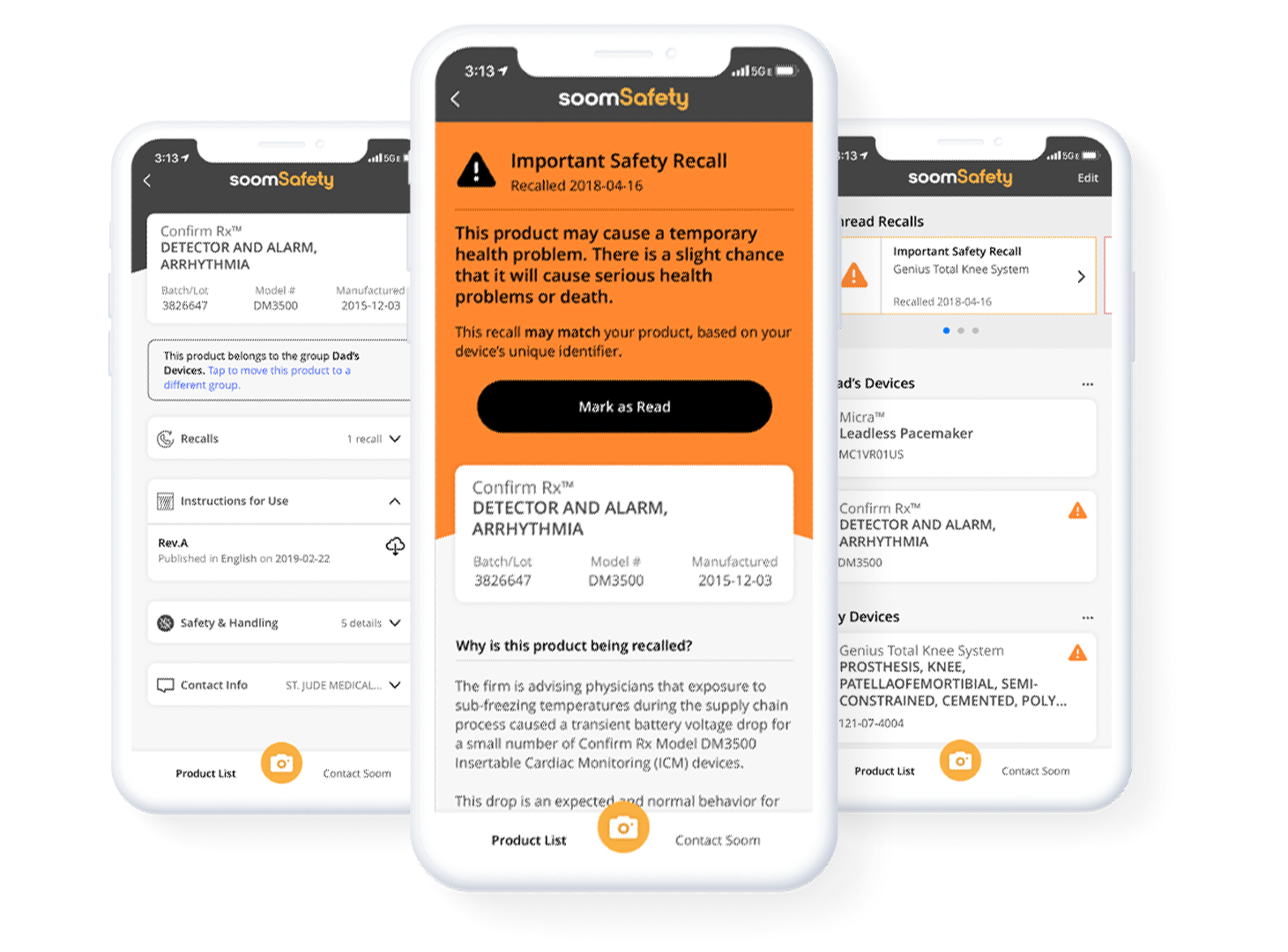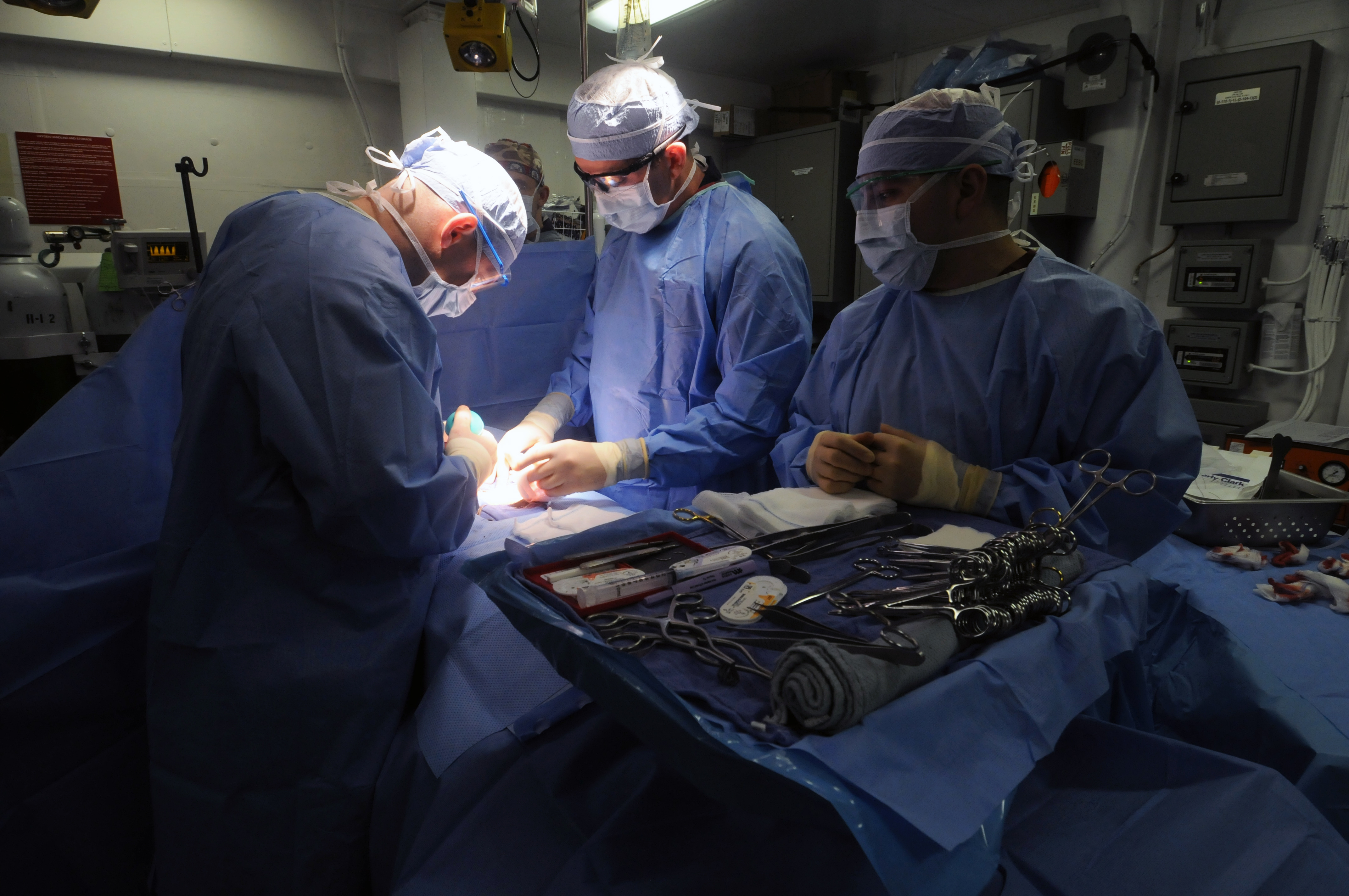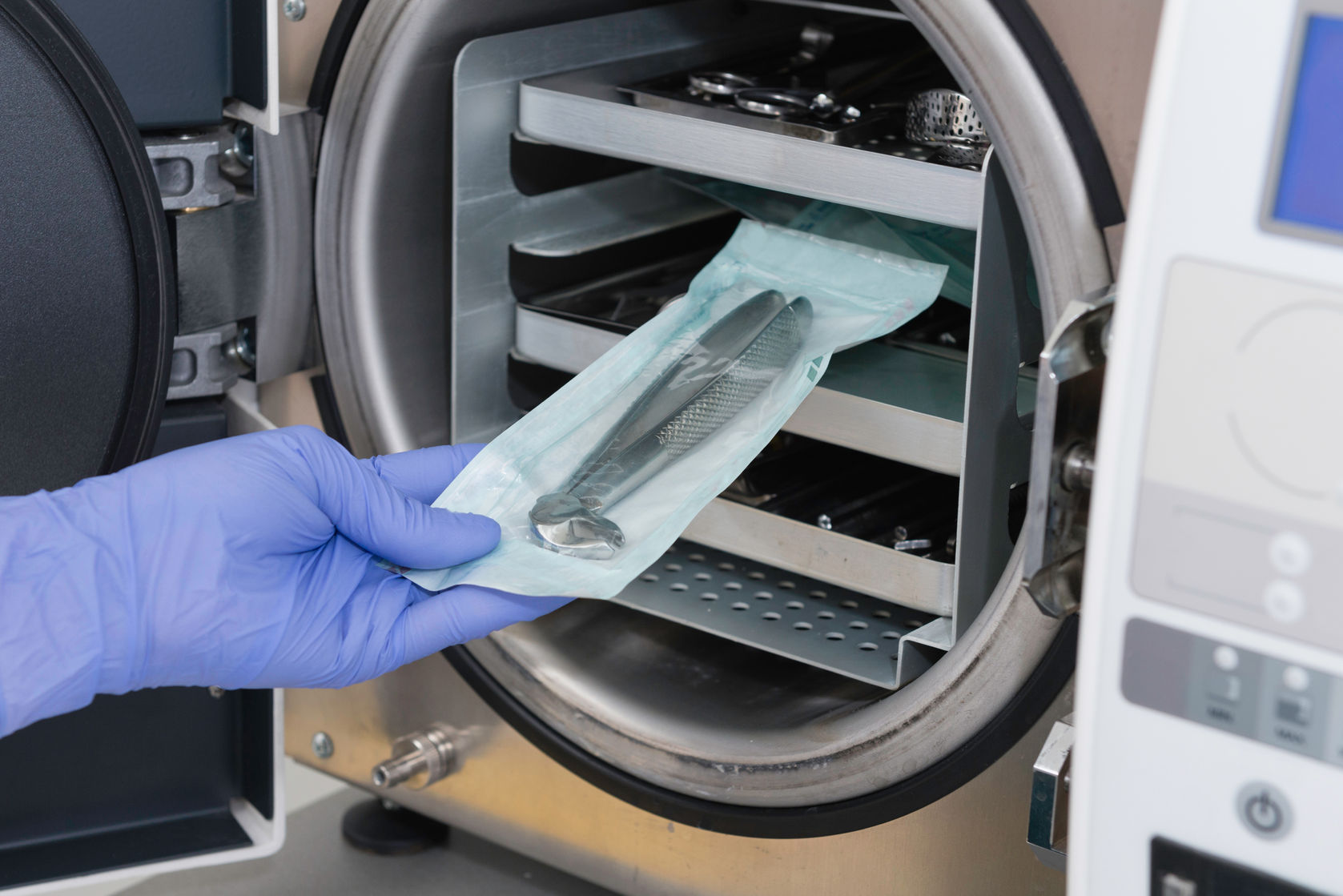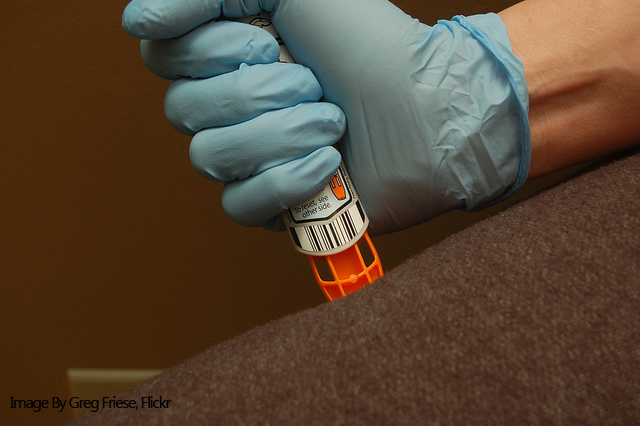Since the shutdown of the Sterigenics facility in Willowbrook, Illinois, medical device sterilization has been thrust into the spotlight. Earlier this month, a feud began brewing between trade lobby group AdvaMed (Advanced Medical Technology Association) and the White House over the continued use of ethylene oxide gas to sterilize medical devices.
Ethylene oxide is reportedly used to sterilize 50 percent of all medical devices in the US and was the principle method used at the now-closed Sterigenics facility. Unlike dry heat or steam sterilization, ethylene oxide gas can be used to sterilize plastics, electronic components and devices already packaged in plastic.
However, this alkaline gas can be hazardous to human health. A 2016 Environmental Protection Agency (EPA) report concluded that occupational exposure to ethylene oxide can increase the lifetime risk of breast and lymphoid cancer in women, who typically comprise a “substantial proportion of the sterilizer workforce.” Leukemia is also frequently reported to be associated with occupational exposure to ethylene oxide.
For this reason — and the fact that the Sterigenics closure compromised the supply chains of several major device manufacturers — the EPA announced that it will reevaluate rules for ethylene oxide emissions standards for organic chemical manufacturing. The proposed rules remain under review by the Office of Budget and Management.
RELATED VITALS: How to Choose the Best Sterilization Method for Your Medical Device
In an August 8 meeting with the White House, AdvaMed warned the federal government of the repercussions of implementing new regulations restricting ethylene oxide emissions. According to a document shared at the meeting, these restrictions could result in device shortages, threatening the lives of patients who depend on them.
Any disruption to the medical device supply chain can have significant effects on businesses, patients, scientists, clinicians and hospitals. When the Sterigenics facility closed, patrons such as Boston Scientific, Medtronic and Smiths Medical scrambled to find contract sterilization facilities to keep up with their supply chain. Still, the US Food and Drug Administration (FDA) announced a temporary shortage of Smiths Medical tracheostomy tubes for pediatric patients just two weeks after Sterigenics closed.
Meanwhile, the FDA continues to receive submissions for two innovation challenges aimed at finding alternative device sterilization methods and strategies to reduce ethylene oxide emissions. Submissions for both challenges close mid-November this year.
But can ethylene oxide sterilization be substituted? Ethylene oxide sterilization is best suited for a number of devices such as polymer resin-based products, single-use medical devices, filled syringes and drug-coated stents. AdvaMed says the process of redesigning medical devices to suit other sterilization methods “could take several years and require lengthy regulatory approval.”
Any new sterilization technique would be rigorously evaluated by the FDA, who does not hesitate to crack down on malpractice. This week, a warning letter to Innovation Sterilization Technologies was published, exposing the misleading language used to market a steam sterilization product. The company was accused of marketing its ONE TRAY Sealed Sterilization Container for two different intended uses outside of its original clearance, which could pose a risk to patient safety.
Whatever regulations and novel sterilization technologies emerge from the EPA and FDA, manufacturers should anticipate and prepare for changes to their approach to device sterilization.












Join or login to leave a comment
JOIN LOGIN